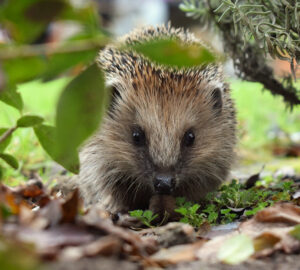As the vibrant colors of summer fade into the rich hues of autumn, many gardeners assume that the activity of bees, butterflies, and other pollinators comes to a halt. However, your fall garden can still be a buzzing haven for these essential creatures. Here are five surprising strategies to keep your garden lively with pollinators even as the temperatures drop.
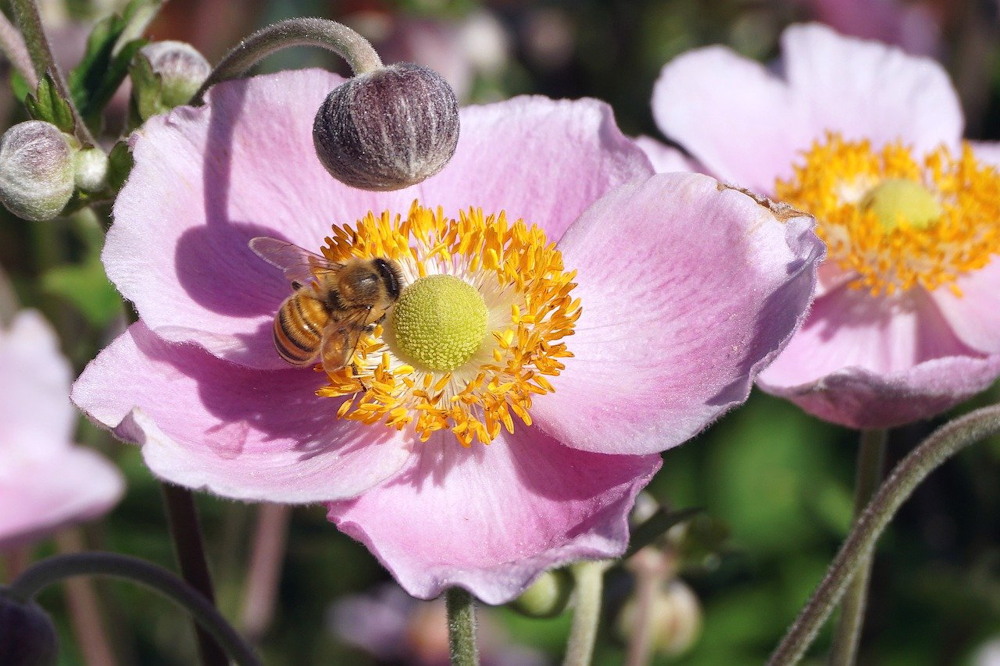
1. Late Bloomers: The Secret Stars of Fall
While many plants wind down in the fall, there are a host of late-blooming flowers that serve as vital food sources for pollinators. Consider planting asters, sedum, goldenrod, and Japanese anemone. These hardy blooms not only add a splash of color to your autumn garden but also provide nectar and pollen when other sources are scarce. By incorporating these “late bloomers,” you ensure a steady food supply that will keep bees and butterflies buzzing well into the cooler months.
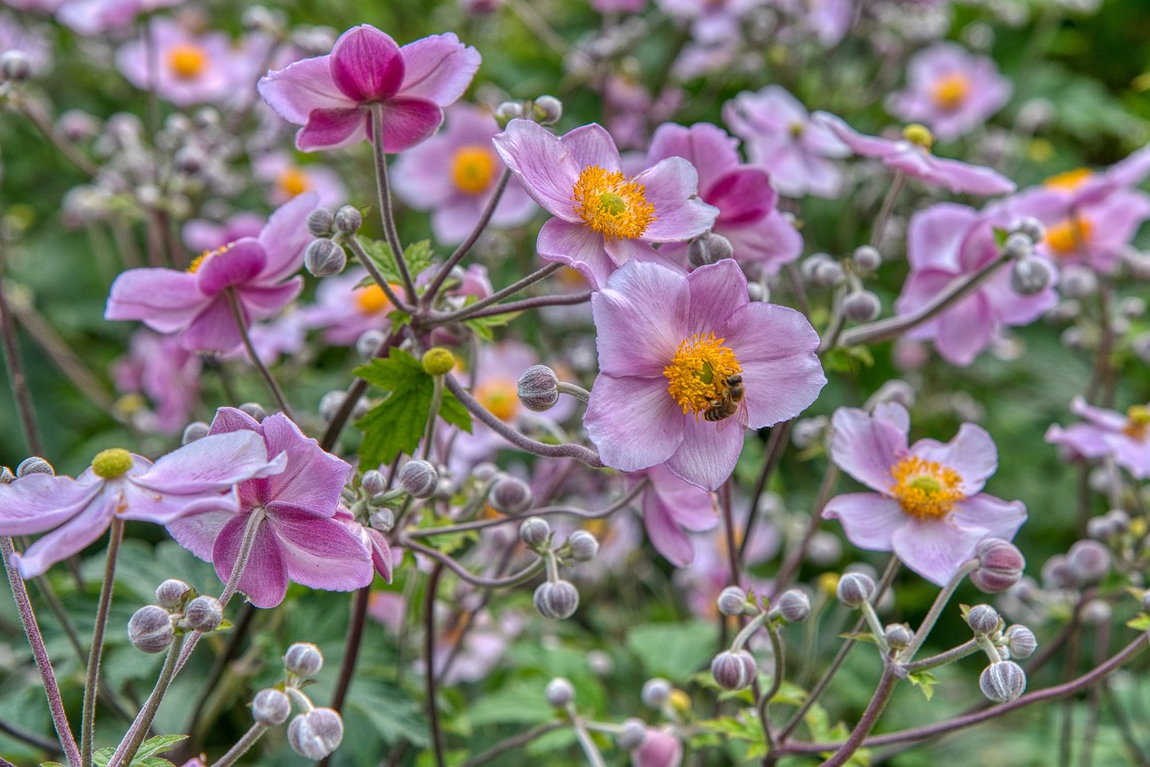
2. The Magic of Native Plants
Native plants are naturally adapted to the local climate and soil conditions, making them resilient choices for any garden. More importantly, native pollinators are often specifically adapted to feed on these plants. For a fall garden, consider incorporating a variety of native plants that thrive in your region’s cooler weather. These plants are well-adapted to the local environment and serve as reliable food sources for local pollinators, making them excellent choices for an autumn garden.
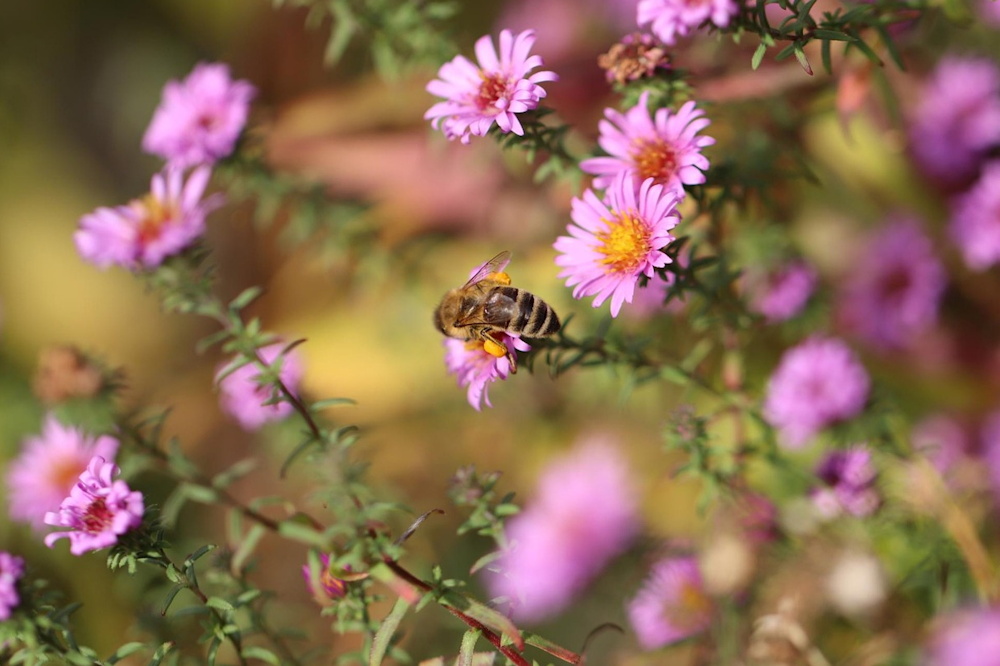
3. Shelter from the Storm: Creating Safe Havens
As the weather becomes unpredictable in the fall, pollinators need more than just food – they need shelter. Consider incorporating elements such as log piles, leaf litter, and even small brush piles to provide hiding spots for solitary bees and other beneficial insects. Leaving some of your perennials untrimmed also offers a safe refuge from the wind and rain. By providing shelter, you are creating a more hospitable environment where pollinators can rest and refuel.
A brush pile is a simple, natural structure made from cut branches, twigs, leaves, and other plant debris that is piled together in a loose, often conical shape. In gardening and wildlife management, brush piles serve as a habitat and refuge for various forms of wildlife, including pollinators, small mammals, birds, and beneficial insects.
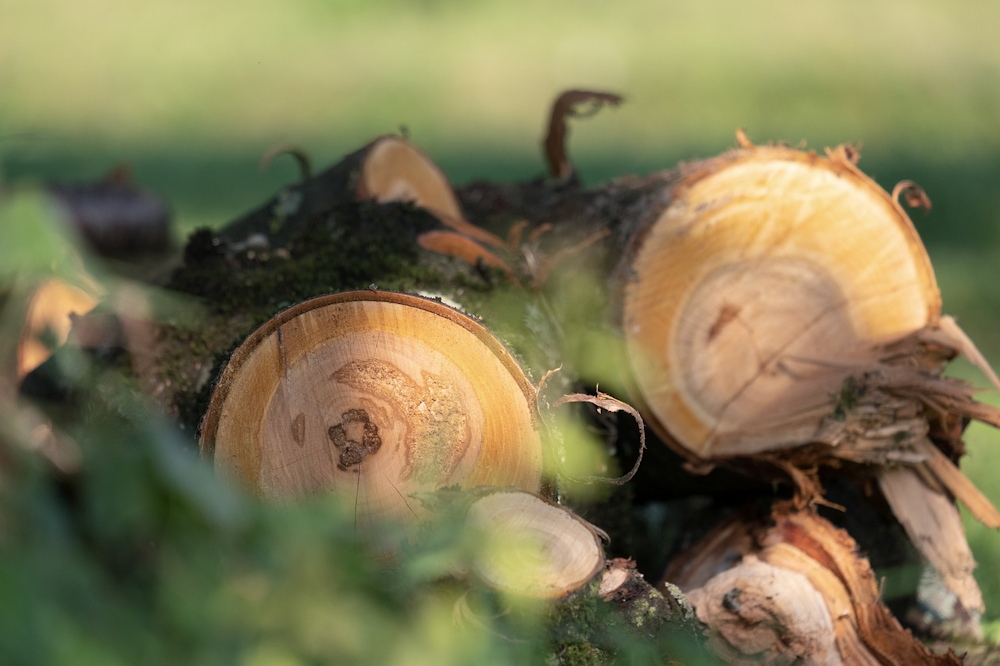
4. Water Wonders: A Hidden Necessity
Many gardeners focus solely on nectar-rich flowers, forgetting that pollinators also need a clean, accessible water source. A shallow water dish with stones or a small puddling station can make all the difference. Butterflies, for example, often engage in “puddling” to gather salts and minerals from moist soil. By setting up a simple water station in your garden, you are providing an essential resource that is often overlooked but greatly appreciated by all pollinators.
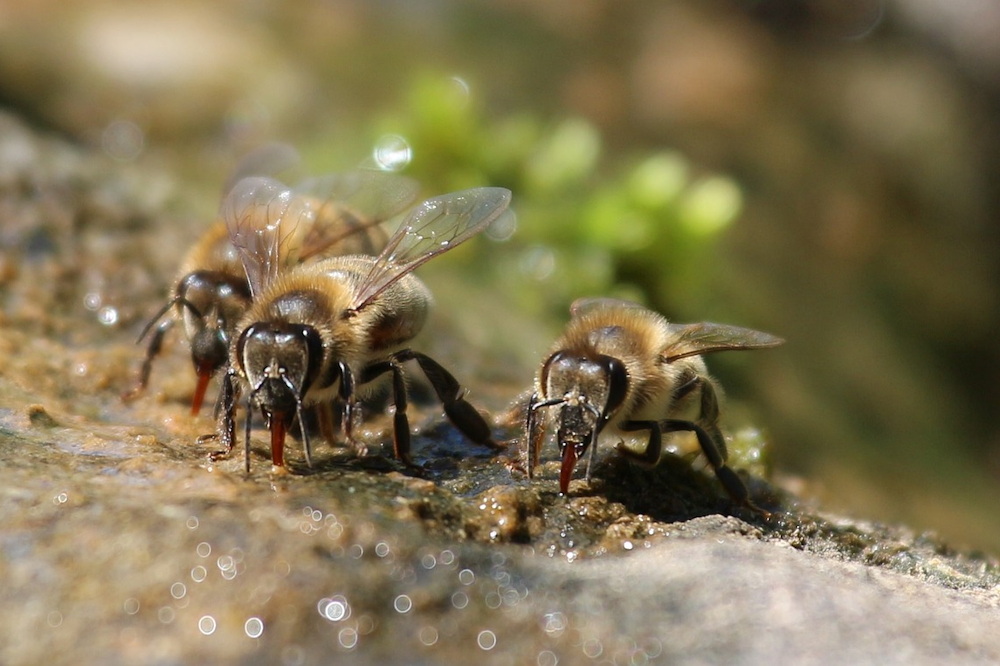
5. The Power of Diversity: Mixing It Up
Monocultures are not just boring – they are also a missed opportunity to attract a variety of pollinators. By planting a mix of flowers, shrubs, and grasses, you create a rich tapestry of textures and colors that appeal to different species. Mixing in herbs like thyme, oregano, and mint not only adds to your culinary delights but also attracts pollinators late into the season. Diversity is key in creating a garden that supports life throughout the fall.
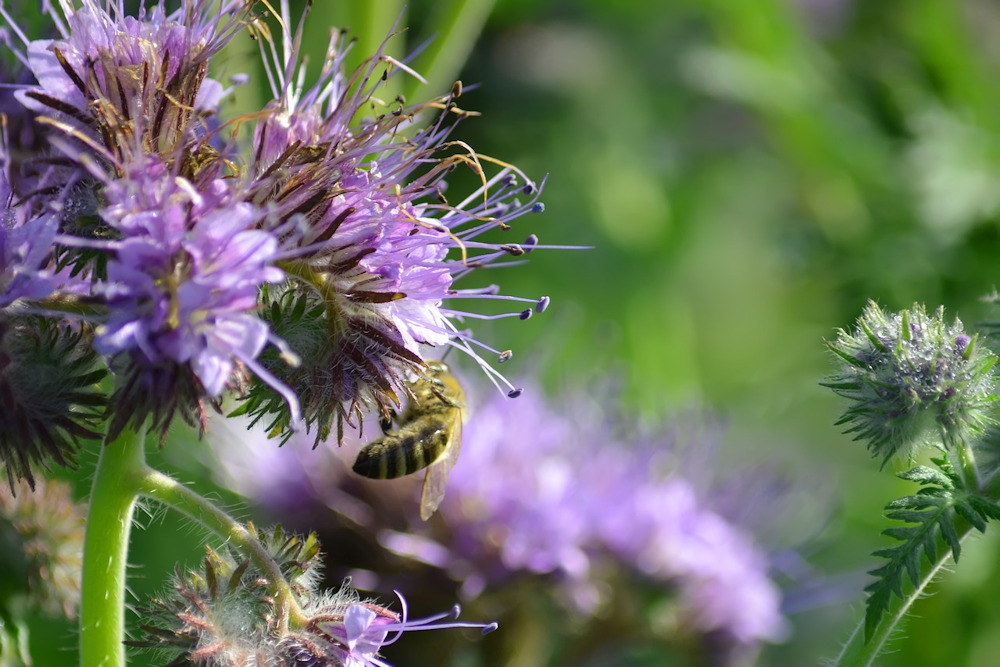
By implementing these lesser-known strategies, you can turn your fall garden into a thriving sanctuary for pollinators. Not only will you be helping to sustain these vital creatures, but you’ll also enjoy a garden that remains alive with movement, color, and purpose as the seasons change.









